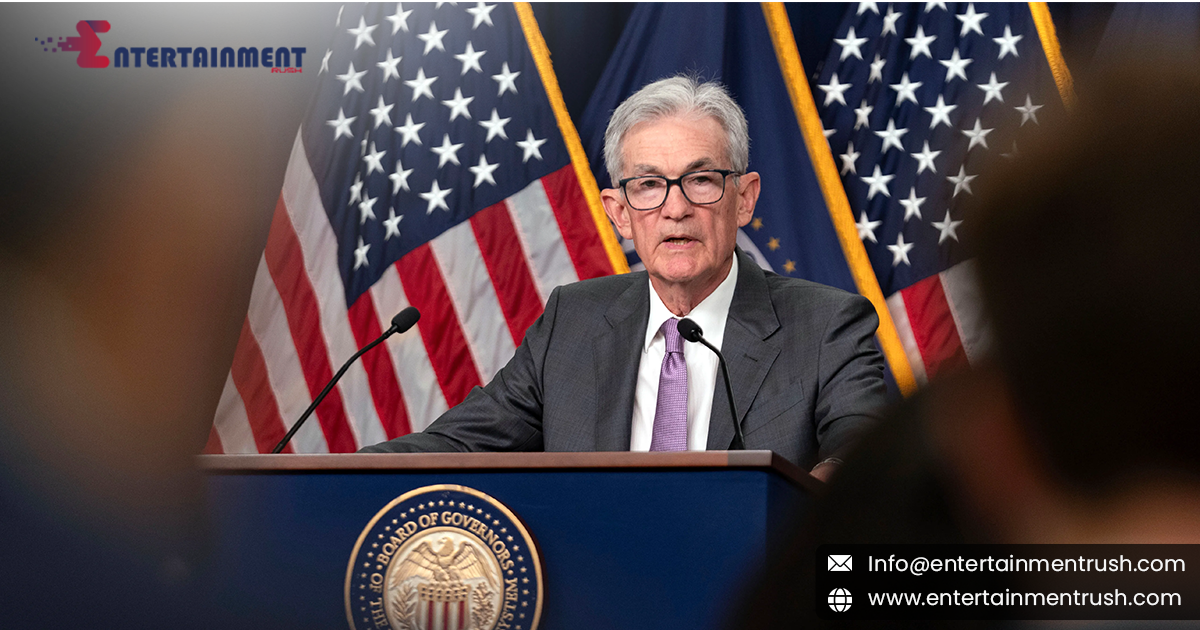As discussions intensify around an anticipated rate cut by central banks, many are left pondering: When will we notice the economic impact of this rate cut? Understanding the timing and implications of such monetary policy changes is crucial for businesses, investors, and consumers alike. This blog delves into the expected effects of a rate cut, analyzing how and when these changes might ripple through the economy.
Understanding the Rate Cut
A rate cut, often executed by central banks, involves reducing the interest rate at which commercial banks can borrow money. This action is typically aimed at stimulating economic activity by making borrowing cheaper, thereby encouraging spending and investment. However, the process of seeing tangible economic effects from a rate cut is not instantaneous. It involves several stages and factors that influence the overall economic landscape.
Immediate Effects: Market Reactions
The first signs of a rate cut’s impact are often observed in financial markets. Stock prices might rise as investors anticipate increased economic activity and corporate profits due to lower borrowing costs. Bond markets also react, with yields on government bonds falling in response to lower interest rates. These initial market reactions provide an early indicator of how the rate cut might influence investor sentiment and economic expectations.
Short-Term Effects: Borrowing and Spending
In the short term, businesses and consumers start to experience the effects of the rate cut through changes in borrowing costs. Lower interest rates can lead to reduced loan and mortgage rates, making it more affordable for consumers to make major purchases or refinance existing debt. For businesses, cheaper borrowing costs can facilitate expansion, investment in new projects, and hiring. However, the extent of these effects depends on how quickly banks adjust their lending rates and the overall confidence of borrowers in the economic environment.
Medium-Term Effects: Economic Growth
As the effects of the rate cut begin to materialize, they contribute to economic growth. Increased consumer spending and business investment can stimulate demand for goods and services, potentially leading to higher production and job creation. The medium-term impact is also influenced by factors such as consumer confidence, business sentiment, and global economic conditions. As businesses and consumers adjust their behaviors in response to lower rates, we start to see more pronounced effects on economic indicators like GDP growth and employment rates.
Long-Term Effects: Inflation and Stability
In the long term, the economic impact of the rate cut is reflected in broader economic trends. While lower rates can boost growth, they also carry the risk of higher inflation if demand outpaces supply. Central banks must balance the need for economic stimulation with the risk of inflationary pressures. Additionally, prolonged low interest rates can affect financial stability, influencing asset prices and the behavior of financial institutions. The long-term effects of a rate cut are therefore contingent on how effectively central banks manage these risks and adapt to evolving economic conditions.
Factors Influencing the Timeline
Several factors influence how quickly the economic impact of a rate cut becomes evident:
Speed of Transmission:
The speed at which lower rates translate into borrowing costs for consumers and businesses can vary. Banks may take time to pass on the benefits of a rate cut to their customers.
Economic Conditions:
The overall health of the economy, including factors such as consumer confidence and global economic conditions, can affect how quickly a rate cut stimulates economic activity.
Policy Environment:
Complementary fiscal policies and economic reforms can enhance or dampen the effects of a rate cut, influencing the overall timeline for observing economic impacts.
Market Expectations:
The anticipation of a rate cut and subsequent expectations can influence market behavior and economic activity, sometimes leading to earlier-than-expected effects.
Conclusion
The economic impact of an expected rate cut unfolds over time, with immediate market reactions followed by short-term changes in borrowing and spending, and eventually, medium- to long-term effects on economic growth and stability. While the exact timeline for observing these impacts can vary, understanding the process helps businesses, investors, and consumers anticipate and navigate the economic shifts that accompany monetary policy changes.
